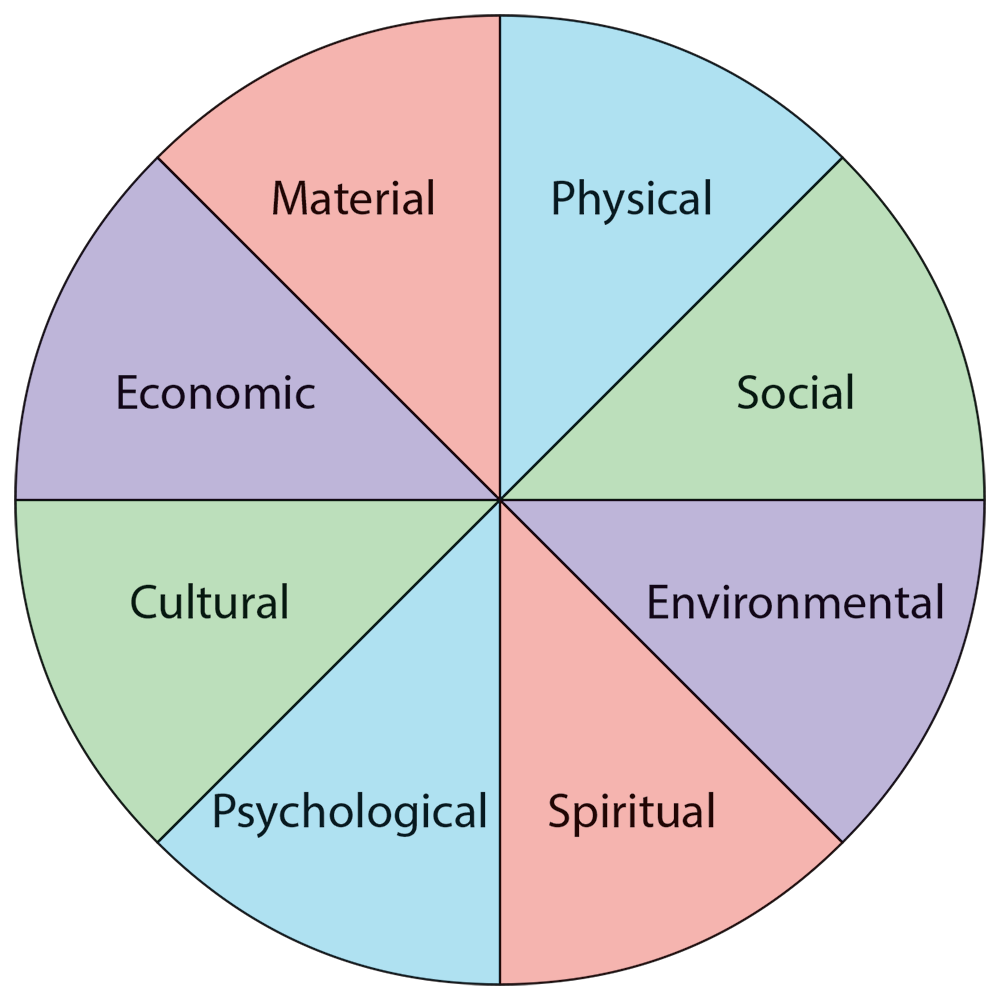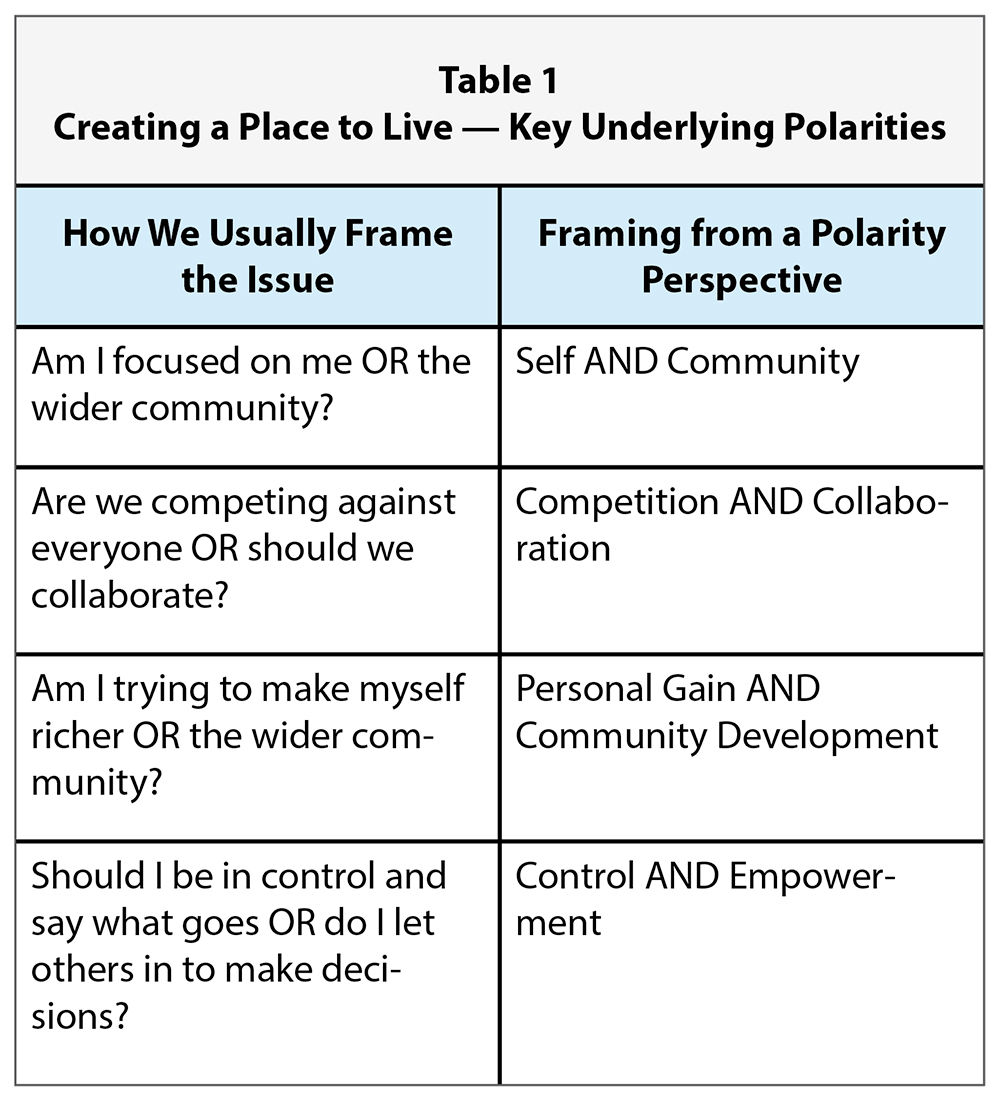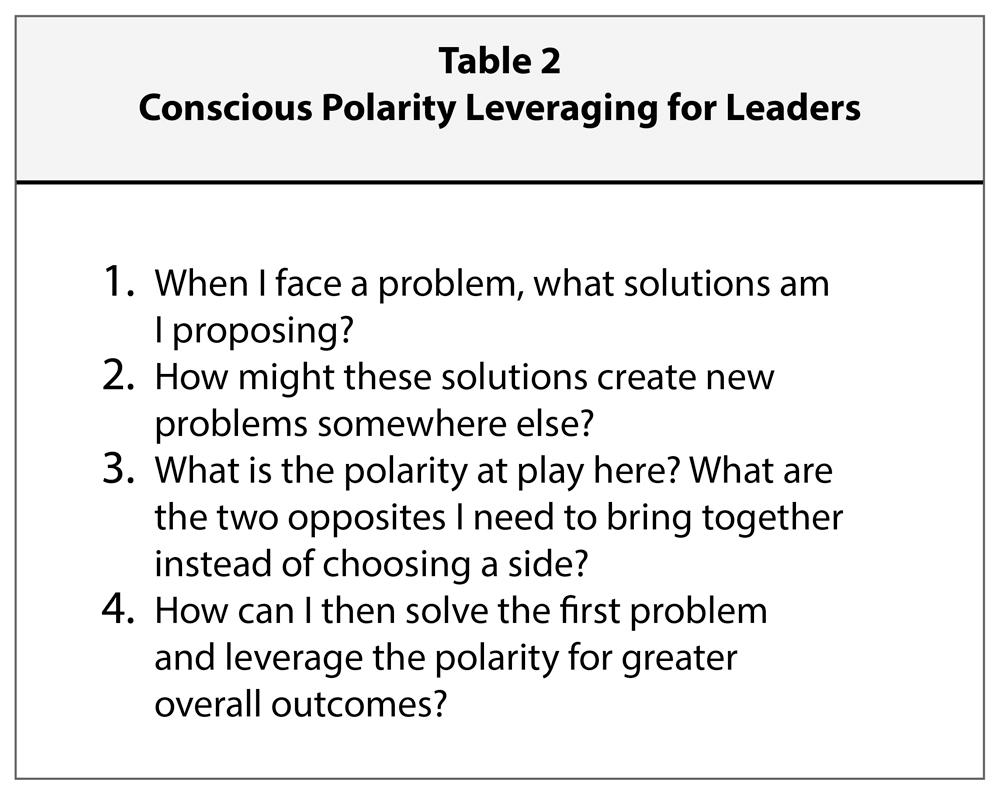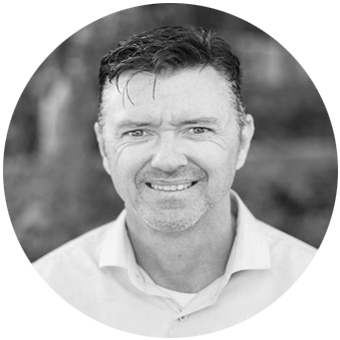
’m a business school researcher, and the game has changed throughout the years. I’ve come to sympathize more with the demands and expectations placed on leaders. What’s more, I think that the education system needs new answers to help them lead through this greater complexity. Our old specialization model helps, but it leads us to perceive half-worlds. Half-worlds avoid complexity. I’ll explain as we go.
With that in mind, let me share how I think the education system needs an upgrade to prepare leaders for the push and pull of complexity. To do this, we have to look at waves and particles.
This waves-and-particles question is related to a bigger paradigm shift in science between atomistic and systems views of life. We are trained in the atomistic paradigm, which says that if you really want to understand something you have to break it down into its parts. By understanding the parts deeply, you will understand how it works. Those of us who have been to University have been exposed to this atomistic approach to the world. We chose a discipline like economics, psychology, engineering, law, business, politics or medicine and drilled down into the parts to become a specialist. But each discipline is also part of a larger whole.
Complexity is about this larger whole. It’s about understanding how problems like climate change, economic growth, mental health, social cohesion, immigration and food security are all related. The systems view of life is that you can’t understand the whole just by studying the parts and looking at these issues as though they are independent of each other. Systems thinking asks: what is the pattern that connects everything together?
We miss something in the interdependence and necessary counter-balancing tension between the parts. So, while we have been growing economies we’ve missed how this affects the environment. Caring about the environment counter-balances us from being too excessive about economic growth. It’s the tension between them that is the value. In our push for materialism we have missed how this overtakes more internal sources of fulfillment. Spirituality was once a powerful source of deeper meaning that counter-balanced addiction to perishable material things. In allowing rapid globalization we’ve missed how we still need to integrate our differences. Social integration is meant to counter-balance being too open with diversity. But how can we understand systems and wholes if we are trained in silos? We aren’t trained to hold the contradictions — the wave AND the particle.
Our method for doing so is to ask leaders to think of these as polarities rather than either/or choices. This sounds straightforward, but we underestimated the consciousness shift this is asking. What’s more, leaders don’t realize how entrenched either/or thinking is — they routinely choose a wave or a particle but not both.

Here, our research got side-tracked. We realized that we can bang on about wellbeing polarities all day, but all this contextual stuff had to be addressed first. But then a light went on. I realized that all these issues are also manifestations of our tendency to choose a wave or a particle. Creating a place to live contains within it a bunch of other polarities which all run the risk of being treated as either/or choices. When this happens, gridlock occurs.

Problem-solving logic doesn’t get you to think in terms of pairs of opposites. It tends to keep you focused on solving the problem at hand, leaving you blind to effects elsewhere. Polarity thinking is a way to expand our line of sight into the other moving parts and look for actions which satisfy both. For complexity, we need both problem-solving logic AND polarity thinking in our toolkit.
So, here are two interlinked polarities at play across individual and organizational levels. By controlling everything, I don’t have time to work on the business. But if I see the polarities at play and treat them as such, I just might open up new possibilities. Leveraging both control and empowerment might enable us to score better as leaders but also open up space to work in the business and on the business.

We can’t keep looking at things the same way and expect different results. Something has to give. As someone once said, “We can easily forgive a child who is afraid of the dark; the real tragedy of life is when men are afraid of the light.” If we all shine a light and do the persistent effort of making polarity leveraging our new normal, we just might help to heal our half-worlds and create places where people want to stay and live.

Newey’s considerable track record at changing the lives of his students earned him a National Award for Outstanding Contributions to Student Learning in his home country of Australia.
The lights of his life are his wife and little boy.
Newey’s considerable track record at changing the lives of his students earned him a National Award for Outstanding Contributions to Student Learning in his home country of Australia.
The lights of his life are his wife and little boy.